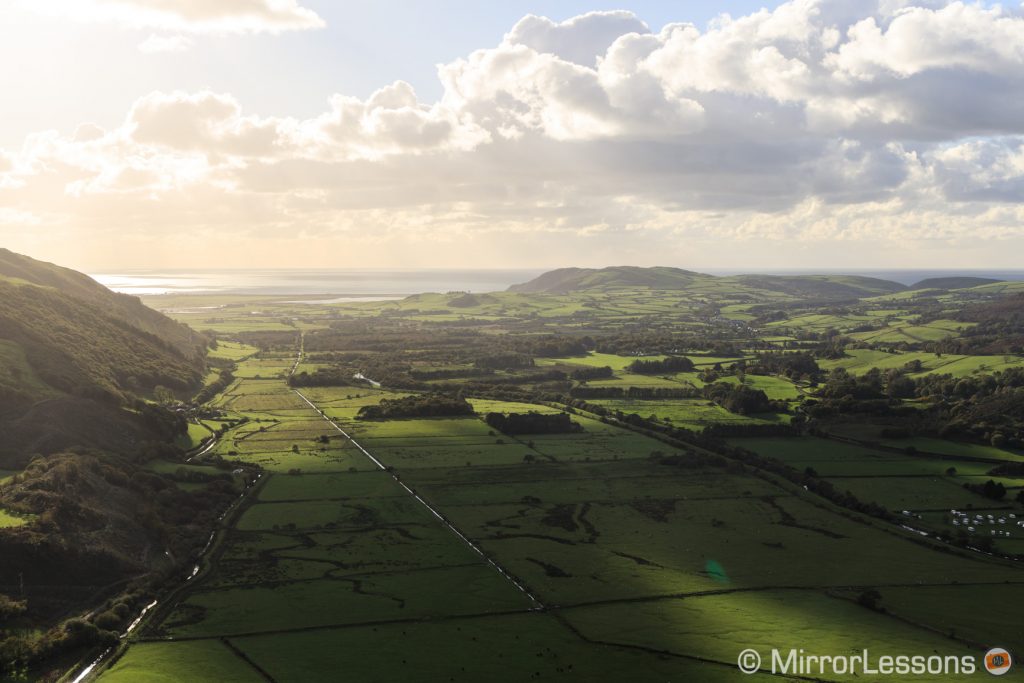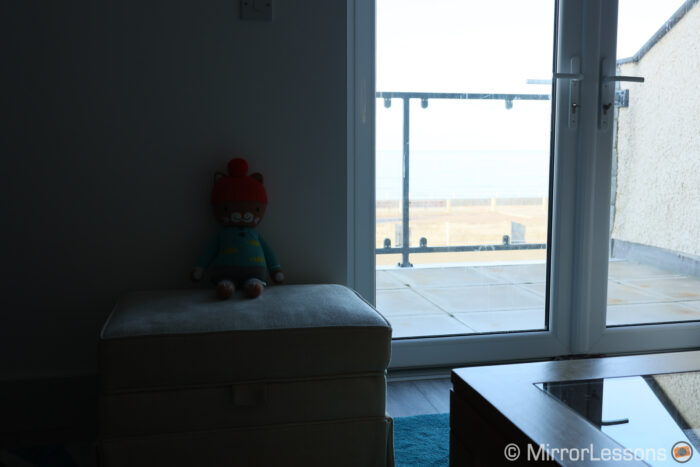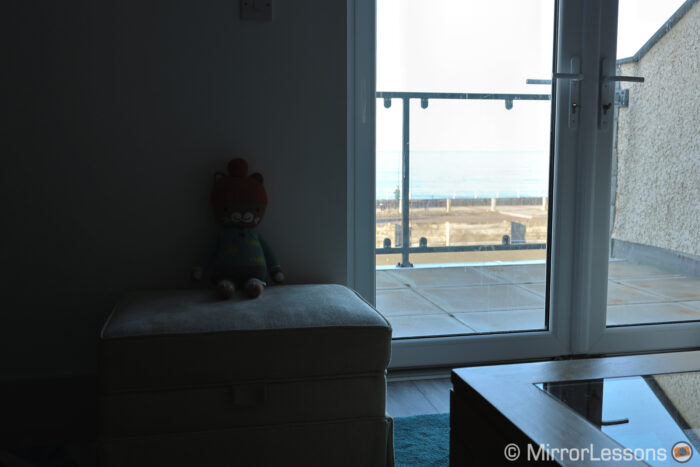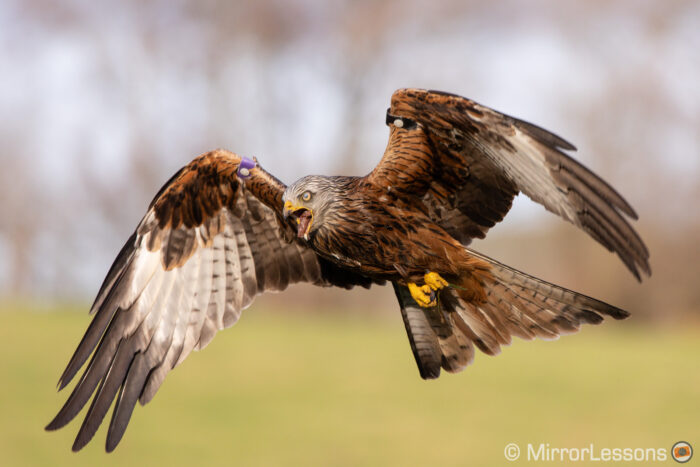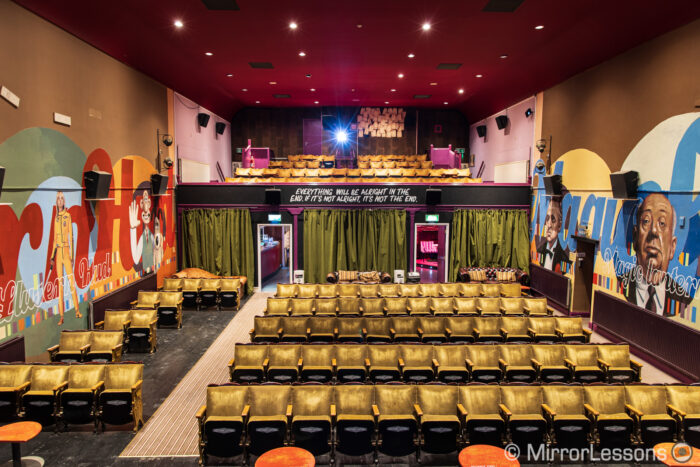The EOS R was launched in 2018 and inaugurated Canon’s full frame RF system. I liked its design and ease of use, the image quality was good, the autofocus was full of potential, but the rest fell too short to impress the mirrorless market.
Two years later we meet the EOS R6 (along with its sibling the R5) with more promising specifications. Paired with all the latest lenses Canon has been developing for the system, the RF system suddenly looks mature and ready to compete.
Canon EOS R5 and EOS R6 coverage:
EOS R5 vs EOS R6 – EOS R vs EOS R5 – EOS R vs EOS R6
EOS R6 vs A7 III – EOS R5 vs A7R III – EOS R5 vs A7R IV
EOS R5 vs Nikon Z7 – EOS R6 vs Nikon Z6
Ethics statement: the following is based on our personal experience with the EOS R and EOS R6. We were not asked to write anything about these products, nor were we provided with any sort of compensation. Within the article, there are affiliate links. If you buy something after clicking the link, we will receive a small commission. To know more about our ethics, you can visit our full disclosure page. Thank you!
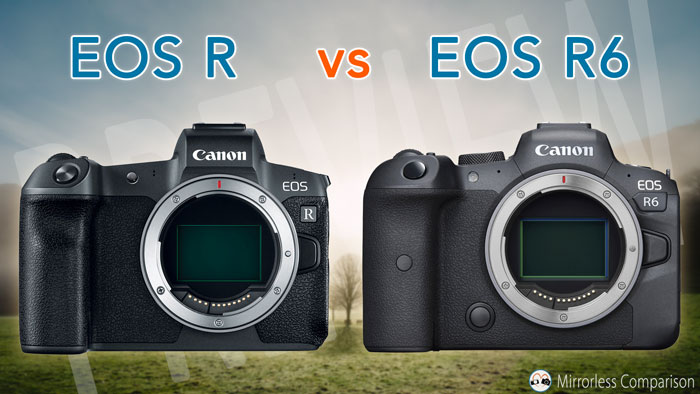
1. Design
The two cameras have a similar design, so much that you might find them hard to distinguish at first, if not for the obvious name on the front.
The R6 is slightly larger but the weight is about the same.
- EOS R: 135.8 x 98.3 x 84.4mm, 660g (with battery and cards)
- EOS R6: 138 x 97.5 x 88.4mm, 680g (with battery and cards)
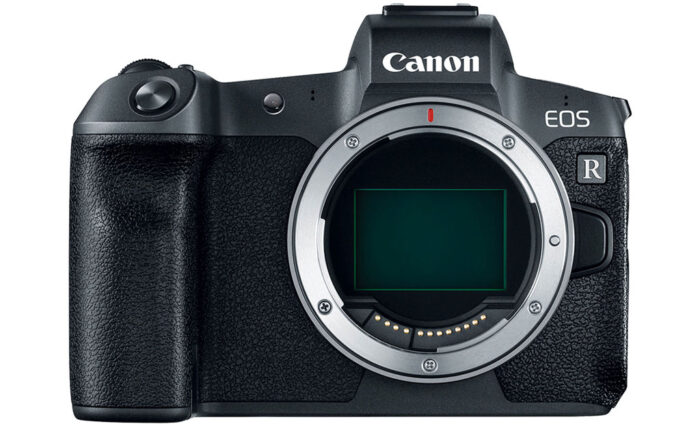
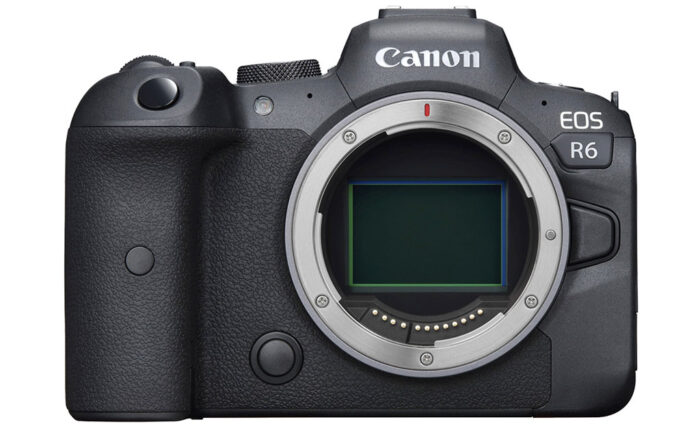
The build comprises a magnesium alloy chassis and weather sealing.
The EOS R6 has a few extra buttons on the front and back, and a wheel on the rear instead of the 4-way pad of the R. There is also an AF Joystick.
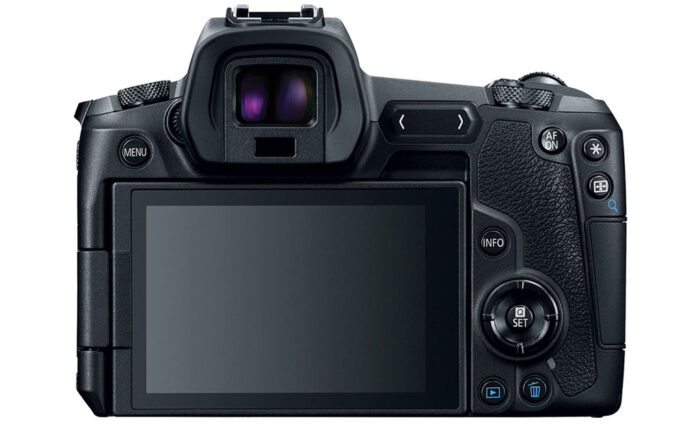
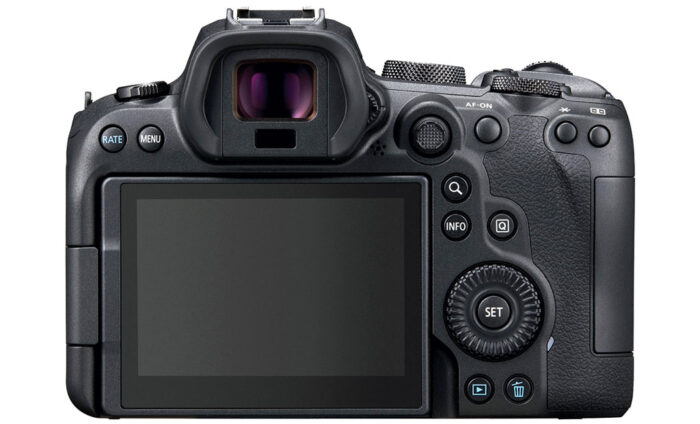
On top of the EOS R you’ll find a small LCD screen that displays the settings in use. Instead of the traditional shooting mode dial, you press the M button in combination with one of the twin dials, the D-pad or touch screen to change the shooting mode.
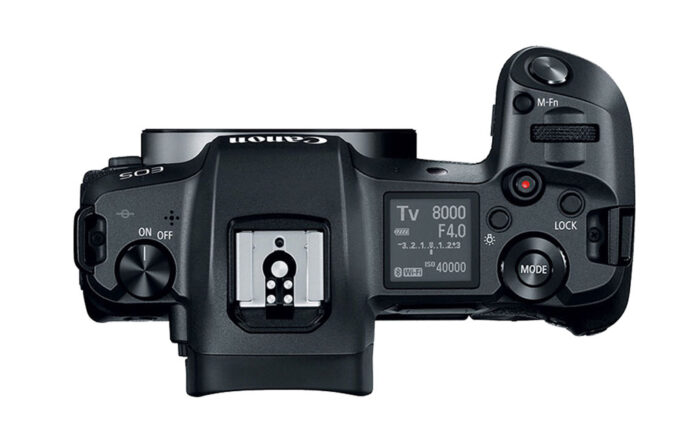
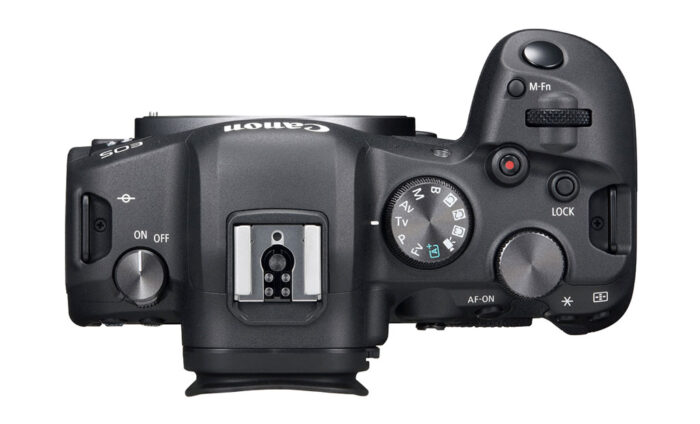
Exclusive to the EOS R is the M-Fn touch bar that works with two gestures and can be programmed for different settings (I used it for the ISO). Canon didn’t receive a great feedback about this and as such, abandoned the idea on the R5 and R6.

The EOS R6 is shipped with a new battery called LP-E6NH that improves its capacity by 14%. It has the same form factor and connections as the older LP-E6N so it should work on the EOS R.
2. Card slots
The EOS R has a single SD card slot (UHS-II) whereas the EOS R6 has two UHS-II slots. This is good news for any photographer disappointed by the single slot of the R model.
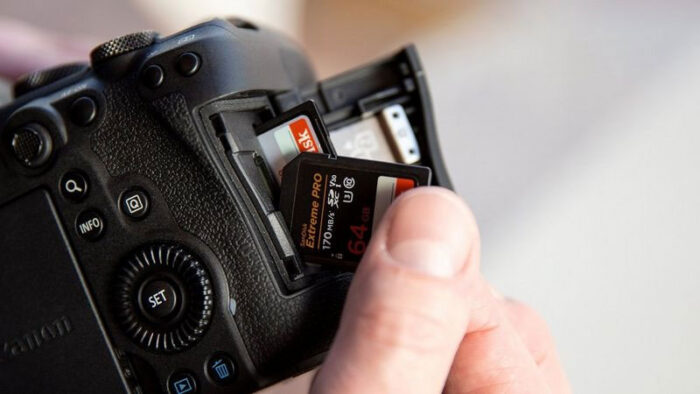
3. Viewfinder and LCD screen
The EOS R and R6 viewfinders share the same characteristics: 0.5-in size, 3.69M dots of resolution, 0.76x magnification and a 23mm eyepoint.
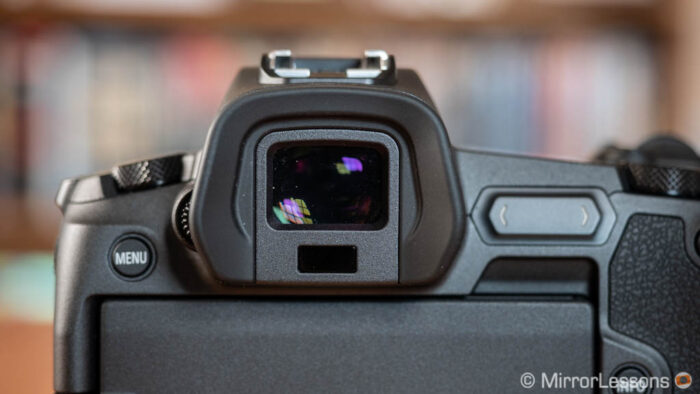
The only difference is the refresh rate: that of the EOS R is 30Hz by default, or up to 60Hz when you half press the shutter button. The R6 viewfinder can go up to 120fps.
The rear LCD screen offers touch sensitivity on both, but the specs are a bit different: the one on the R is slightly larger (3.15 vs 3.0 inches) and has more resolution (2.1M vs 1.6M dots).
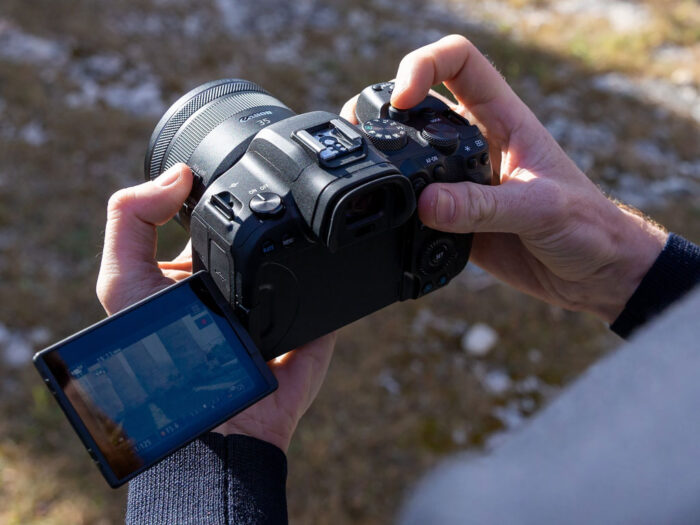
4. Image quality
The EOS R uses a full frame sensor with 30.3MP whereas the EOS R6 has a 20.1MP sensor. The one on the EOS R is older and comes from the 5D IV DSLR (2016), whereas the one on the R6 also comes from a Canon DSLR (1DX III) but is much more recent (2020).
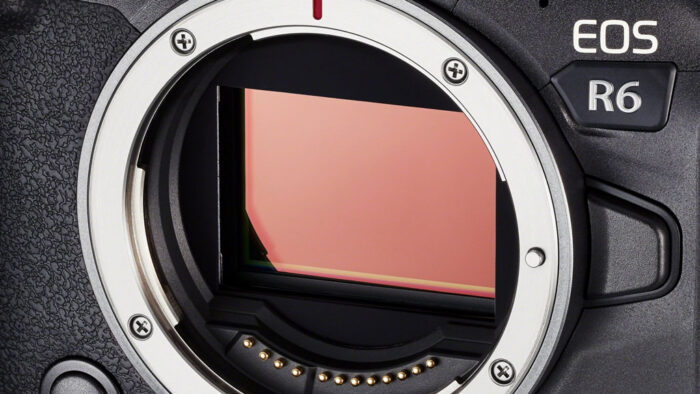
The R6 has a vaster ISO range that starts from ISO 100 and goes up to 102,400 ISO. Extended values are available (Low 50 and High 204,800). The EOS R has a 100-40,000 range with pull 50 and push 102,400 ISO.
The EOS R delivers good image quality but doesn’t have the best dynamic range or high ISO performance for this kind of product. We found the new 20MP sensor to perform better in terms of dynamic range and low light performance, with results close to that of the Sony A7 III. (check the full comparison between the A7 III and R6)
Also new on the EOS R6 is the image processor (Digic X) whereas the R model uses an older version (Digic 8). The R6 has more processing power and speed, which also means faster sensor readout and less rolling shutter (the R suffers a lot from it).
5. HDR Photos
Another addition to the EOS R6 is the possibility to take HDR photos (HEIF format) using the HDR PQ gamma curve, which delivers more tonal range (especially in the highlights) than standard JPG files.
This new format is not widely spread and not compatible with many softwares yet, but you can convert HDR photos to regular JPG in camera (or using Canon’s Digital Professional Software). However we found that you loose some saturation in the process.
6. Dual Pixel Autofocus
Both cameras feature an advanced autofocus system based on phase detection that Canon calls Dual Pixel CMOS AF. The R6 has the new version which debuted alongside the EOS R5.
When using face/eye detection or Tracking AF, the EOS R6 can follow your subject across the entire area of the sensor (100% coverage). With the other AF modes, it’s 90% horizontal and 100% vertical. The EOS R is not far off with 88% and 100% respectively for all AF modes.
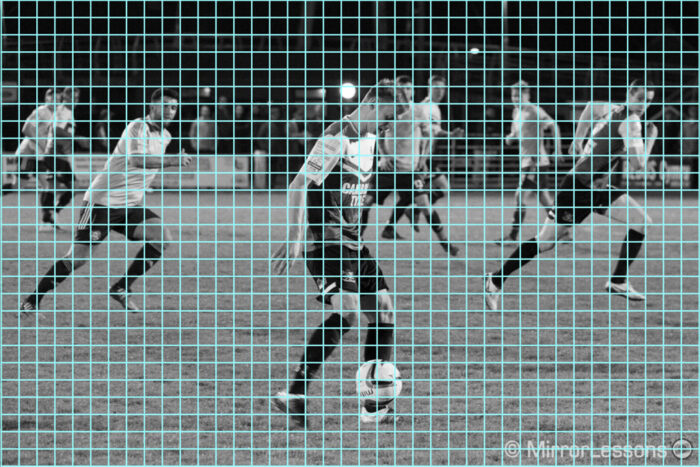
When using the single point, the R6 lets you choose between no fewer than 6072 areas, whereas the EOS R has 5,655 areas. I can tell you that it takes a bit of time to move the AF point through all those areas if you don’t use the touch screen! But it adds a great level of precision when you need it.
Both cameras offer good sensitivity in low light: -6Ev for the EOS R and -6.5Ev for the EOS R6. These measurements are taken with an f/1.2 aperture.
More than AF points and area coverage, the most important improvement on the R6 is the new algorithm that includes deep learning technology. In addition to tracking the faces and eyes of people (like the R model), the R6 can also track the bodies, faces and eyes of various animals including birds. The AF locking speed is rated at 0.05s.
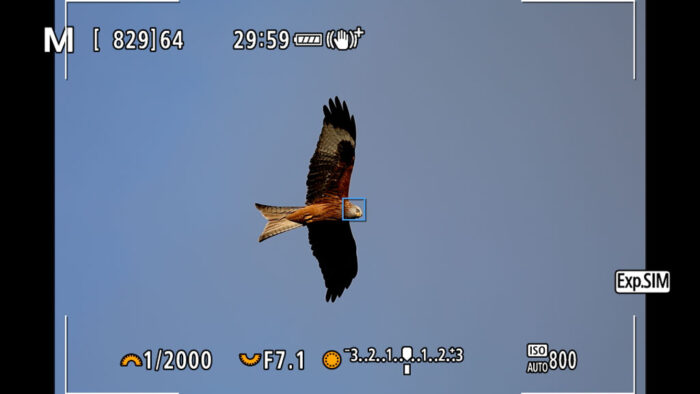
In our tests, the EOS R proved to have a very capable autofocus system and it has since received some improvements via firmware. That said, the overall slow speed of the camera in terms of processing doesn’t take full advantage of the potential.
The R6 on the other hand is much faster and its autofocus is second only to the Sony A9. The animal subject detection mode is impressive and works very well with birds in flight.
7. Continuous Shooting
The EOS R doesn’t excel when it comes to continuous shooting speeds. The fastest frame rate of 8fps is fine with Single AF, but if you want continuous AF it drops to 5fps, or even 3fps with focus priority. Not really a sports camera.
The EOS R6 on the other hand can do 12fps (mechanical shutter) or 20fps (electronic shutter) with complete autofocus and exposure tracking. Thanks to the contained rolling shutter, 20fps is usable for action such as wildlife.
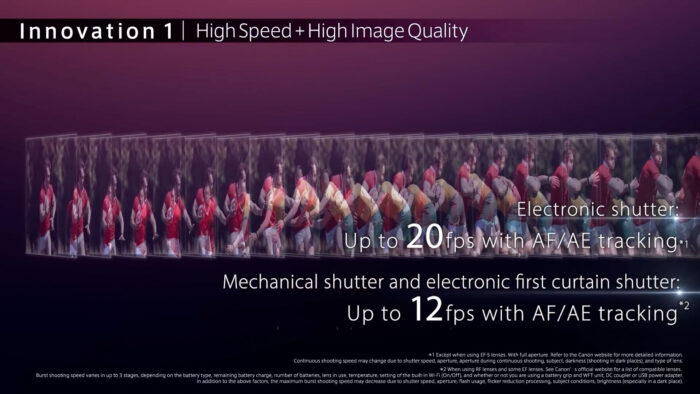
As for the buffer capabilities, the R6 is also superior: it can save 1000 JPGs or 240 RAW files at 12fps, whereas the EOS R can only manage 100 JPGs or 47 RAWs at 8fps. Definitely no competition here!
8. Image Stabilisation
The EOS R doesn’t have in-body image stabilisation (IBIS), so you must rely on lenses with IS (optical stabilisation). With the RF 24-105mm f4 IS for example, I can get a few sharp shots taken at half a second hand-held, but the keeper rate improves from 1/8s.
The EOS R6 plays in a different league. It features 5-axis IBIS with a maximum compensation rating of 8 stops (CIPA) when paired with select lenses. (See our R5 vs R6 article to read the exact compensation for each lens.)
The stabilisation on the sensor can work on its own, meaning you get stabilisation with any lens, including those that feature IS. In the case of the latter, three axes are used on the sensor (X, Y, Roll) and two on the lens (Pitch and Yaw). Camera and lenses communicate at high speed to improve the result with the additional help of acceleration and gyro sensors on the camera body.

8 stops of compensation is the highest rating seen from a stabilisation system. In my tests I managed to take sharp shots at 1s and 2s which is very good but not as astonishing as the CIPA rating suggests. Still, it does better than full frame competitors such as Nikon and Sony.
When recording video, you can add Digital IS (electronic stabilisation) which crops the sensor but improves the result. On the EOS R it works in combination with the lens IS, whereas on the EOS R6 it works in conjunction with sensor and lens stabilisation.
9. Video
The EOS R can record 4K video up to 30p and 480Mbps (All-Intra codec) which doesn’t sound bad at all. However there are two caveats: there is a heavy sensor crop (more than 1.7x) and rolling shutter is severe. It’s a shame because otherwise I really like the colours and the Canon Log profile.
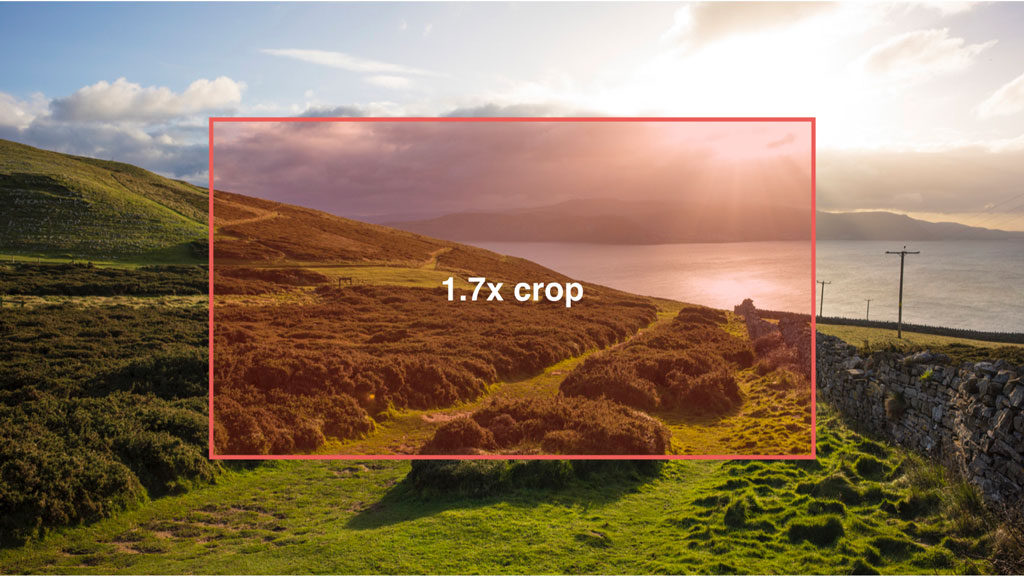
The EOS R6 is a good step forward: 4K is oversampled with a minor crop of 1.07x and the frame rate goes up to 60p. There is no ALL-I recording but the maximum bitrate is 120Mbps (8-bit) or 340Mbps (10-bit).
10-bit? You read that right, because the R6 can record 10-bit 4:2:2 internally in H.265 with either C-Log or HDR PQ curves. The EOS R does 8-bit internally and 10-bit via HDMI.
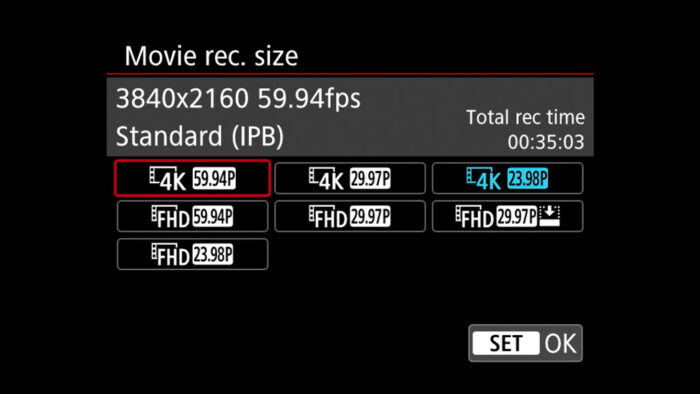
In 1080p, the EOS R goes up to 60p, whereas the R6 can go up to 120fps with the High Speed mode and deliver up to 5x slow motion footage in camera (with no sound). There is a 120fps option on the R model but the resolution drops to 720p.
You will find a microphone input and headphone output on both products, as well as various focus assists (including my all time favourite Focus Guide which uses the Dual Pixel technology). The R6 also has Zebra patterns.
In our test, the R6 delivered excellent quality in 4K, but overheating can be a problem and stops the camera from being a tool you can rely on at all times.
10. Price
The Canon EOS R can be found for $1800, £1880 or €2000, but you might be able to get it for less when there are special offers, instant savings or cash-backs.
The Canon EOS R6 is more expensive, starting at $2500, or €2800 / £2500.
Prices are for the body only and as of January 2021. US prices exclude tax.
Conclusion
The EOS R6 has many interesting characteristics that make it superior to the EOS R in almost every way and far more competitive against the likes of Sony, Nikon and Panasonic.
A new and more advanced autofocus system, faster burst speeds, more serious video features without caveats, and a dual card slot all make the EOS R6 stand out.
The EOS R retains more resolution, which is probably the only thing that might still attract some users, as well as the lower price, but the 20MP chip on the R6 should provide better dynamic range and high ISO performance.
The only real negative point we found with the R6 is overheating when recording 4K video.
Reminder: the links below are affiliate links. If you decided to buy something after clicking the link, we will receive a small commission.
Check price of the Canon EOS R on
Amazon | Amazon UK | B&H Photo | eBay
Check price of the Canon EOS R6 on:
Amazon | Amazon UK | B&H Photo | eBay
Canon EOS R5 and EOS R6 coverage:
EOS R5 vs EOS R6 – EOS R vs EOS R5 – EOS R vs EOS R6

